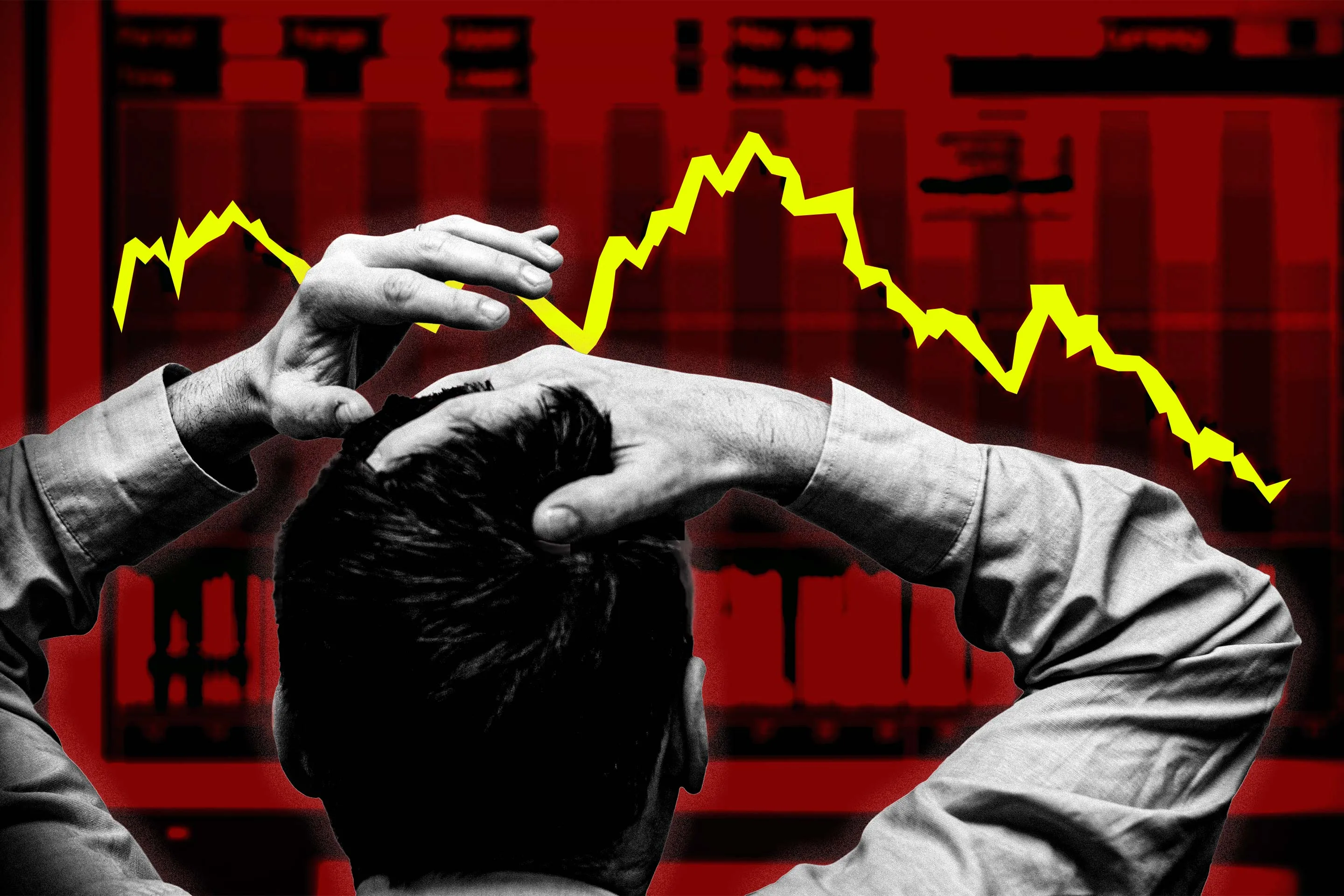Could Automatic Trading Halts Stop a Stock Market Crash?

The S&P 500 Nears Bear Market Territory Amidst Market Volatility
As of Monday morning, the S&P 500 teetered on the edge of a bear market, joining the Nasdaq Composite in experiencing losses exceeding 20% from recent highs. While there has been a slight recovery since then, the index remains down 18.15% from its all-time high on Feb. 19, sparking concerns about potential trading halts following last week’s significant losses.
The recent market turmoil can be attributed to a combination of factors, including the fallout from President Donald Trump’s tariff announcement and a general decline in investor sentiment. This has led to widespread panic-selling and renewed speculation about the activation of circuit breakers to stabilize the market. But what exactly are circuit breakers, and at what point do they come into effect?
Understanding Circuit Breakers and Their Purpose
Circuit breakers were introduced in the aftermath of the Black Monday stock market crash of 1987 to address extreme volatility and sudden price swings. These mechanisms, overseen by the U.S. Securities and Exchange Commission, are designed to facilitate coordinated trading halts across different markets in response to sharp declines that could deplete market liquidity.
Essentially, circuit breakers are activated when the imbalance between buyers and sellers reaches a critical level, aiming to prevent further downward spirals in prices. There are three levels at which circuit breakers can be triggered:
- Level 1: A 7% decline from the previous trading session’s close
- Level 2: A 13% decline from the previous trading session’s close
- Level 3: A 20% decline from the previous trading session’s close
If a 7% or 13% decline occurs before 3:25 p.m. EST, a 15-minute market-wide halt will be implemented. However, if these thresholds are breached after this time, no halt will take place. Any drop of 20% or more triggers a Level 3 circuit breaker, leading to a halt in market-wide trading for the rest of the day.
Factors Contributing to the Possibility of Trading Halts
Market volatility, as measured by the CBOE Volatility Index (VIX), is currently at its highest level since the previous administration. The heightened volatility observed in stock futures over the weekend indicated a potential continuation of losses at the market opening on Monday, fueling speculations about trading halts.
Recent market events, including the record losses totaling $6.6 trillion last week, have added to the anxiety surrounding the market’s stability. The S&P 500’s decline of 5.56% from Thursday to Friday brought it close to triggering a Level 1 circuit breaker before the end of the trading day.
It’s worth noting that circuit breakers are not exclusive to broad market indexes but can also be activated for individual stocks and ETFs. By mid-morning on Monday, over 160 stocks and ETFs were temporarily halted across major exchanges.
The Controversy Surrounding Circuit Breakers
While circuit breakers were initially intended to mitigate extreme market fluctuations, their application has sparked debate over the years. In some instances, trading halts have been enforced due to rapid price surges rather than declines.
One notable example is the GameStop short squeeze, where retail investors coordinated a buying frenzy that led to dramatic price spikes. The trading halts imposed during this event raised questions about the role of brokerages in restricting investor activity and the potential biases in market interventions.
Critics of circuit breakers argue that these mechanisms offer advantages to institutional investors and may disrupt market efficiency, leading to increased volatility post-halt. The ongoing debate over the use and impact of circuit breakers underscores the complexities of regulating market stability in times of extreme uncertainty.
Stay Informed with Money:
Explore how small lifestyle changes can impact your financial goals, such as saving for a house.
Learn how different investment strategies fare in bear markets compared to bull markets.
Discover why holding onto cash may not be the most advantageous move for investors during turbulent market conditions.





